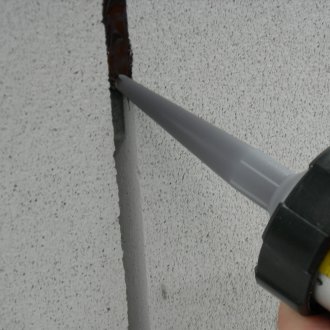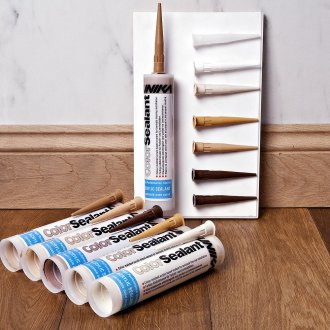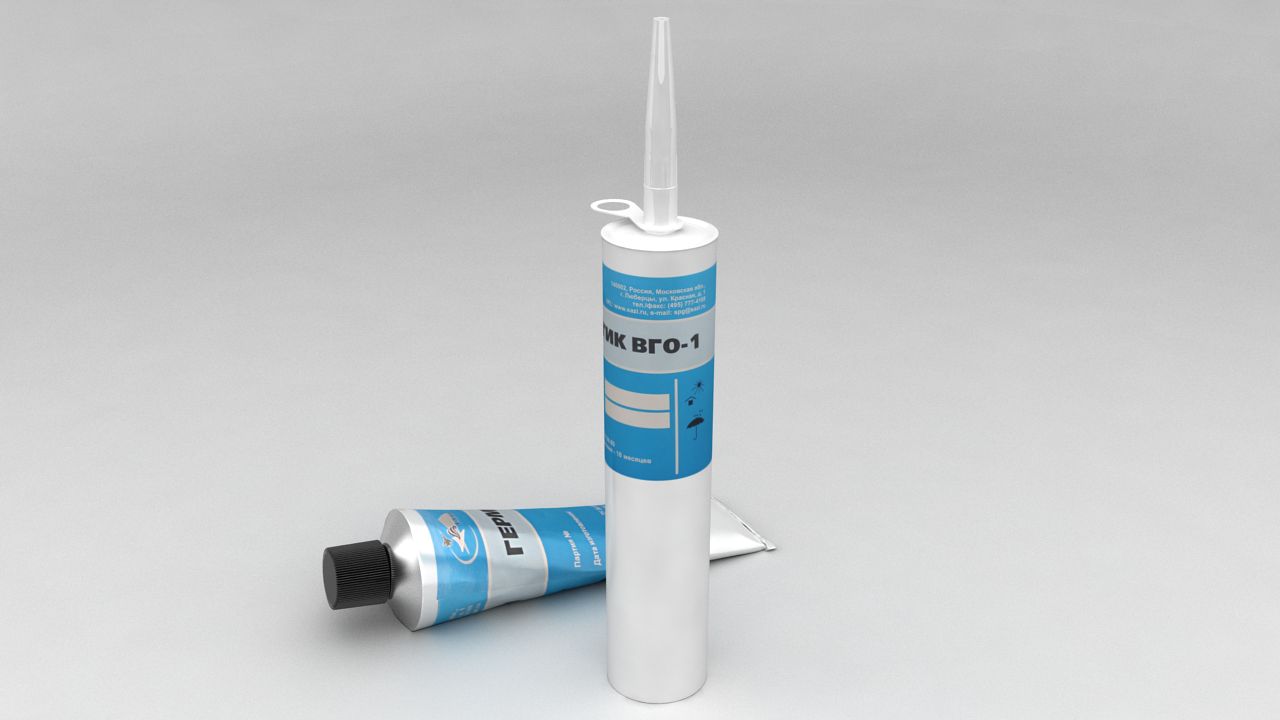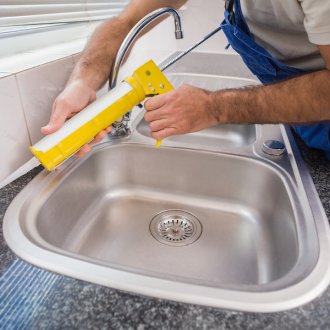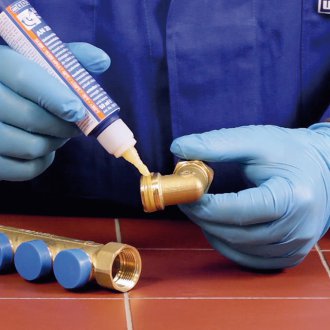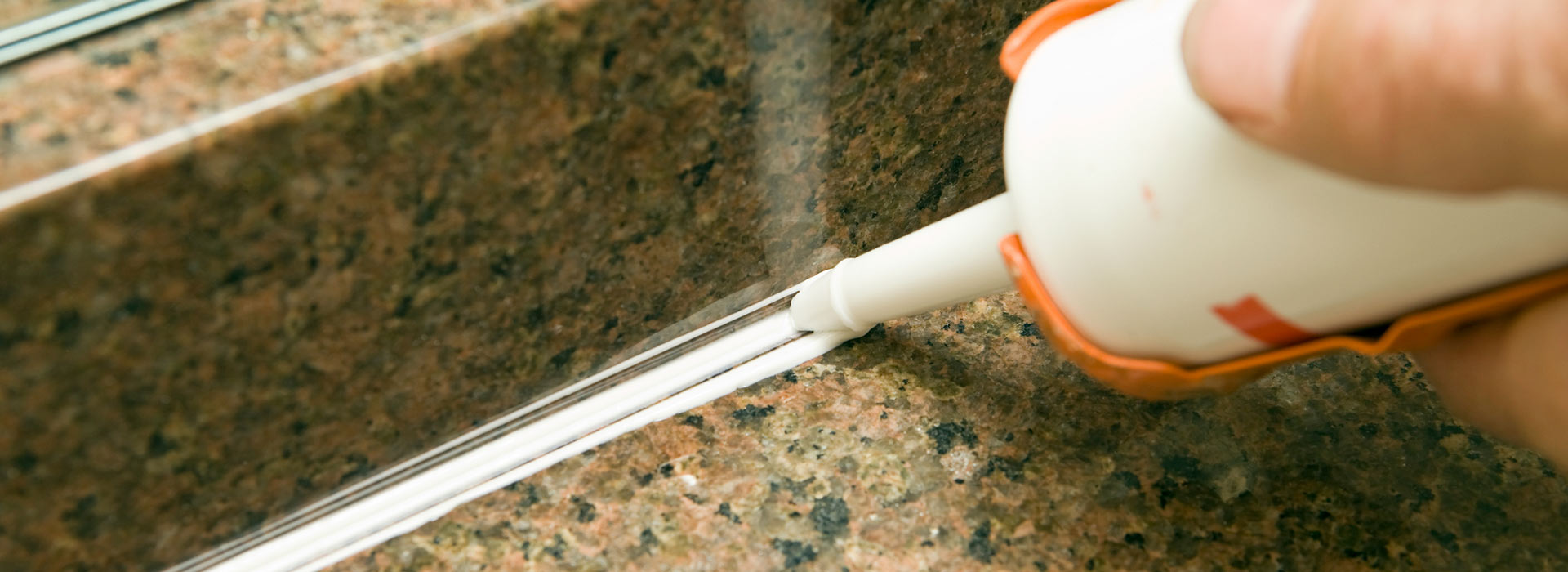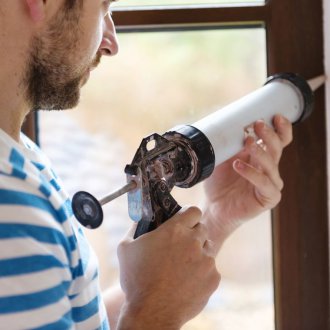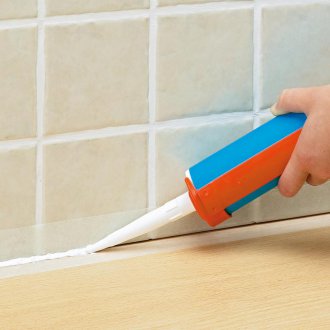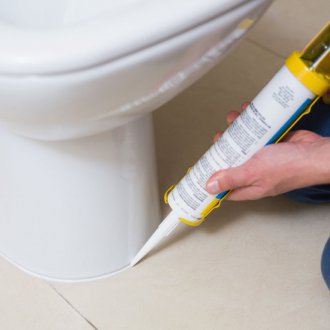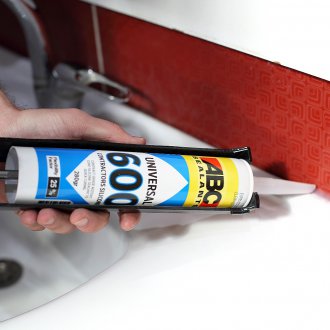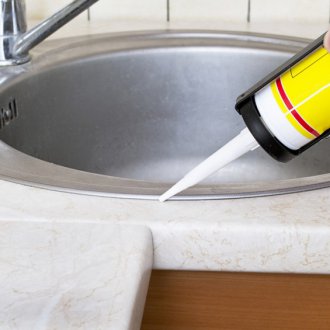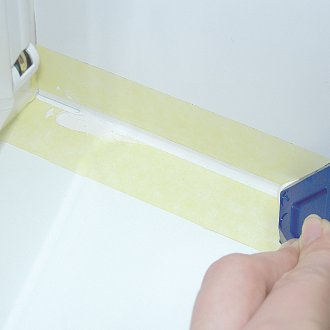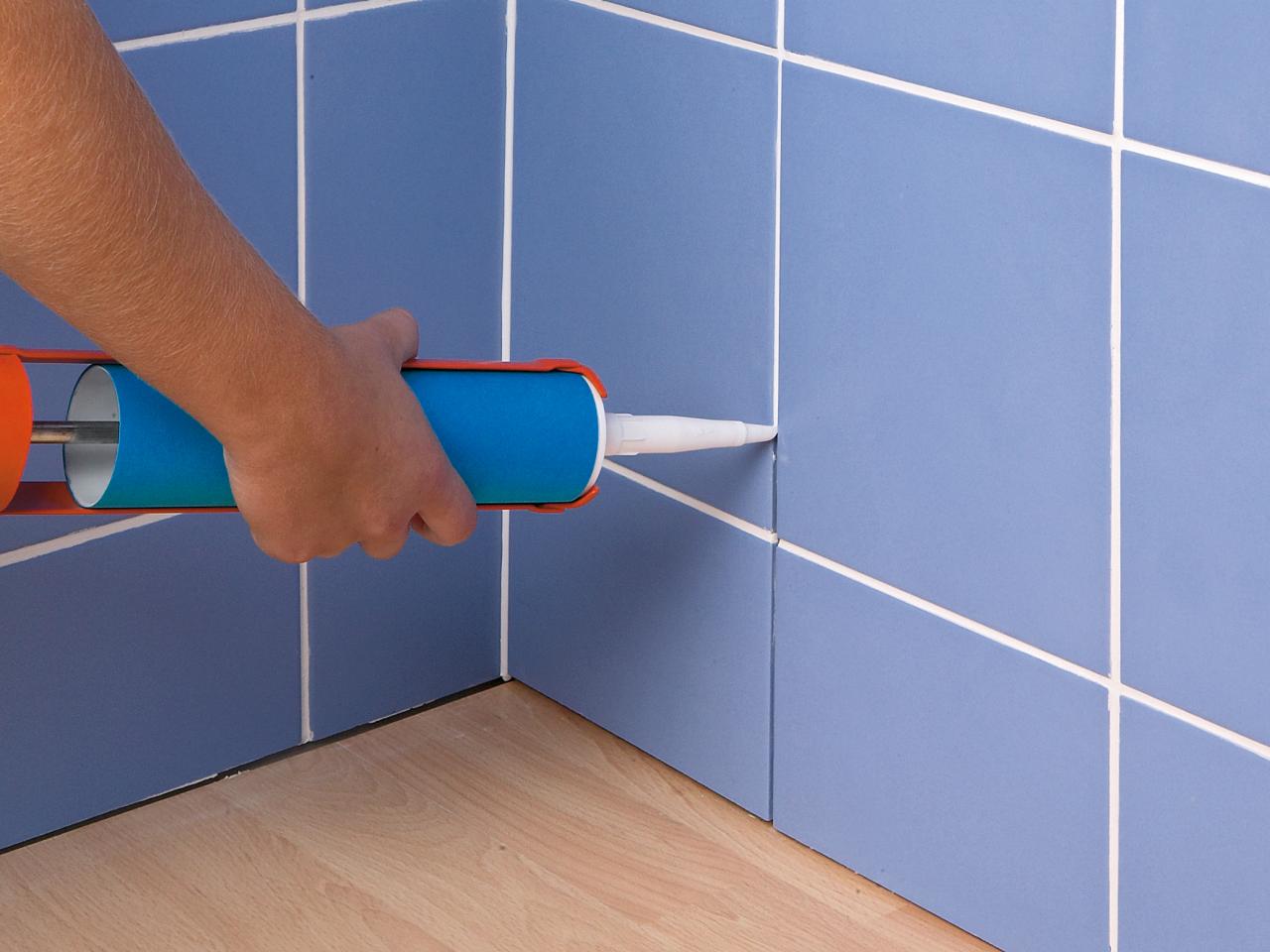Silicone sealant: the use of the composition in everyday life
Content
During construction and repair work, there is a regular need for sealing joints and gluing various surfaces. Two decades ago, mastics, adhesives, putties were used for this. They were distinguished by low quality of performance of tasks, short term of operation. Today, a wide range of silicone sealants is used for this.
The technical characteristics of these compounds allow you to work with a variety of surfaces, reliably sealing joints and gluing surfaces. Silicone sealant is used for bathtubs, roof repairs, aquarium production, for exterior and interior use. This is one of the most versatile materials, characterized by efficiency and affordable price.
What is silicone sealant?
Silicone sealant was developed and launched into mass production almost 60 years ago. It is based on organosilicon rubbers that can cure in air at room temperature. These are white or transparent formulations that are not difficult to apply. They are packed in special tubes made of plastic with pistons for extrusion, sometimes in tubes made of film.
The chemical properties of silicone sealant are such that they need water in the air to cure. In order for the viscous liquid composition to gain the necessary strength, it is necessary to apply a layer no thicker than 10-12 mm.
Universal silicone-based sealants have excellent adhesion to a wide variety of substrates. It is used for glass, for metal, for wood and concrete, stone and plastic. Excellent water-resistant characteristics make silicones one of the best sealants. Manufacturers produce heat-resistant silicone sealant, able to maintain their technical characteristics at a temperature of 300ºС. All this makes the compositions in demand during various operations.
Produce one-component and two-component sealants, various in purpose. By their composition they are divided into acid and neutral, differing in the method of application. Acid is not recommended for work on metals, as they can provoke corrosion. Neutral have a higher cost, characterized by the absence of a characteristic vinegar smell.
By appointment, manufacturers divide the sealants into automotive, antifungal, heat-resistant, glass, electrical and others. This separation is conventional, various substances are added to the compositions, which correct the properties of sealants. Most often, manufacturers use the following components:
- increasing viscosity;
- improving adhesion to certain substrates;
- providing antifungal properties;
- giving a certain color.
Silicone neutral or acid sealant is colorless, and it is impossible to tint them after application, so manufacturers produce white, black, colored compositions that allow you to create tight and barely visible seams.
Advantages of Silicone Sealants
Universal silicone sealant has the following advantages:
- excellent elasticity;
- high strength characteristics;
- wide temperature operating range;
- perfectly resists ultraviolet and humidity;
- resistance to aggressive chemicals;
- long term of operation.
Oil-resistant and frost-resistant sealant is used for external works, they fill the seams, join pipes, repair corrugated board. The compositions have antifungal properties, they are used in bathrooms and bathrooms.
Where silicone sealants are used
The purpose of these compounds may be different, for outdoor use frost-resistant sealant. Water resistance allows the use of silicones during roofing. Both colorless and colored compositions are used - manufacturers produce a wide range of products, which allows you to choose a sealant to match the color of metal tiles or bitumen tiles. Silicone sealant is used for roofing during various works, mainly when arranging complex assemblies where additional sealing is required. Sealant is used for pipes and gutters of the spillway system, ensuring the fixation of its elements. In it, the seams formed during the installation of a wall profile are closed. At the same time, it is taken into account that it is silicone-based compounds that have excellent adhesion not only to metal, but also to brick and concrete.
Sealant for roofing from corrugated board has a high elasticity, has excellent sealing properties. It is chosen when laying endows, installing ventilation pipes, chimney aprons. In the latter case, you can use a special high-temperature sealant for furnaces. It is able to withstand sudden fluctuations in temperature and heating of several hundred degrees.
Transparent silicone window sealant used in the installation of winter gardens, greenhouses and glass work is very popular among builders. It allows you to provide a high level of sealing frames and joints between plastic elements. The composition can be used for interior applications for gluing mirrors. In everyday life, the most popular is silicone sealant for the bathroom, mainly white or transparent compounds used to seal the seams between the bathroom and the wall, shower and wall. They are distinguished by excellent water resistance, antifungal properties. Apply this silicone sealant to connect sewer pipes, seal the seams of tiles, adjoining plumbing equipment.
Use silicone high-temperature sealant for facing with ceramic tiles and decorative elements of fireplaces and stoves. Frost-resistant compounds are used in the installation of clinker and tile during outdoor work. With their help, ceramics can be finished with wood, stone.
Application and removal of silicone sealant
Frost-resistant and water-resistant colorless or white sealant for outdoor use is used for applying to wood, metal, stone, concrete substrates. The only weak link is plastic; a specialized primer contributes to high-quality application when working with it. How to apply silicone sealant on various substrates? Regardless of whether a black or colorless composition is used, seams are sealed or surfaces are glued together, preparation must be performed. Old silicone is removed, the surface is cleaned and degreased, it is well dried. Only a special sealant can be applied to the wet base, the technical properties of which allow its use in a humid environment.
It is quite simple to work with sealant for wood or concrete, thanks to the special form of packaging. Manufacturers supply colorless, black and white universal compounds in special tubes. For work, they use a special gun, which is a frame and a piston with a spring handle.Thanks to him, even a child can cope with the application. How to apply silicone sealant with a gun? A dispenser always comes with a colorless or black neutral or universal sealant. The tube is inserted into the gun, the tip is cut off and the dispenser is wound. Depending on the thickness of the seams, the dispenser can be cut off strongly or only from the edge. By squeezing the handle of the gun, a piston can be set in motion, which will squeeze the right amount of colorless or black sealant from the tube.
When applying in the seam between wood or ceramic tiles, you must not forget that the main property of the sealant for stone or wood is elasticity. Ensure it during operation can only contact the composition with two surfaces. There is no need to tighten the sealant, otherwise its elasticity will be lost. When working, you need to hold the dispenser at an angle of 45 degrees to the seam, then the sealant will seize only with two parallel walls of the seam.
How and how to remove silicone sealant, because an excess of even a transparent composition can have a negative effect on the exterior, not to mention the use of black sealant. After applying a large amount of liquid sealant to a concrete or wooden base, it is removed with a rubber spatula. A small amount immediately after applying a neutral or heat-resistant composition can be removed with a wet rag. From hands, a black high-temperature sealant is washed off with soapy water.
